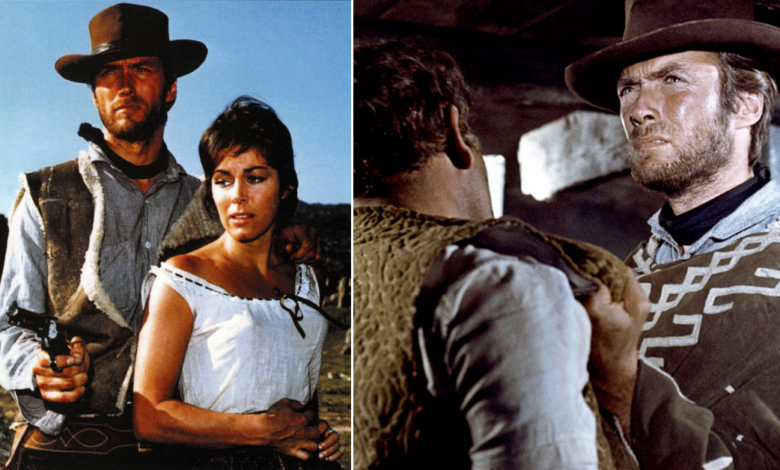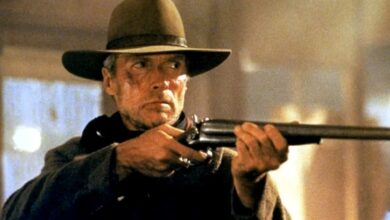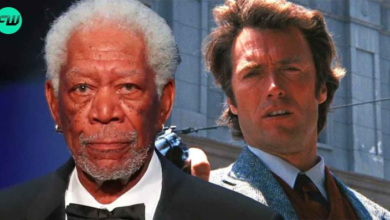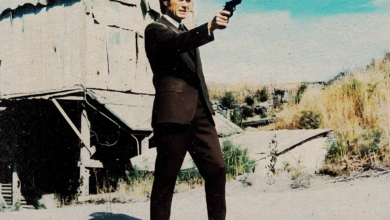The reason Clint Eastwood accepted Sergio Leone’s offer to collaborate on the movie A Fistful of Dollars.

Sergio Leone’s A Fistful of Dollars is notable for two things: it was the first of a new motion picture subgenre that flourished during the mid-to-late-’60s and it boosted the image of one of America’s most durable stars. When A Fistful of Dollars reached Italian screens bearing the title of Per un Pugno di Dollari, it introduced the world to the Spaghetti Western.

That appellation, an insult that quickly caught on and became a label, caused from pejorative press references disparaging the movie’s Italian background. A Fistful of Dollars also jump-started Clint Eastwood’s big-screen career. While this was not his first movie role, at the time when he agreed to top Leone’s marquee, he was best known for the TV series Rawhide. After this film and its two sequels, the actor became a hot commodity.

A Fistful of Dollars was the first in a trilogy of Spaghetti Westerns about “The Man with No Name.” (The other two entries, For a Few Dollars More and The Good, the Bad, and the Ugly, were made in 1965 and 1966, respectively.) It’s actually a misnomer – Eastwood’s character has a name, although it changes for each of the films (here, it’s “Joe”) – but it made for a good marketing device. All three movies were released in the United States during 1967, and, to one degree or another.
A Fistful of Dollars is a remake of Akira Kurosawa’s Yojimbo, with guns replacing swords, the setting shifted from Japan to the Old West, and Eastwood standing in for Toshiro Mifune. During his lifetime, Kurosawa acknowledged that he was pleased with the way his films had been translated into Westerns (The Magnificent Seven was based on The Seven Samurai). A Fistful of Dollars is not as good a film as Yojimbo, but it is better known in Europe and North America.

And both movies are superior to Walter Hill’s ill-advised 1996 version of the same story, Last Man Standing (which featured Bruce Willis in the Eastwood role). The strengths of A Fistful of Dollars related to style, not storyline. There’s nothing terribly complex or original in the movie’s plot. An American loner who goes by the name of Joe (Eastwood) enters the small Mexican town of San Miguel.

As far as the audience is concerned, he has no past, and, if not for his incredible skill with a gun, he would have no future. (Only on one occasion does he hint at an event that occurred before the film’s opening credits.) He immediately displays his prowess with a revolver by shooting four men who have insulted his mule. Two rival families are viving for control of the virtually deserted town: the Baxters and the Rojos, both of whom are equally amoral and greedy.

Joe decided to play one side off against the other, in the process reaping a financial windfall. The local bartender, Silvanito (Jose Calvo), watches Joe’s double-dealings with a mixture of astonishment and amusement. When it comes to making money, Joe is virtually flawless, but he gets tripped up when his conscience becomes involved. After helping a woman, Marisol (Marianne Koch), escape from the clutches of the vicious Ramon Rojo (Gian Maria Volonté, aka Johnny Wels), Joe learns the meaning of the phrase “no good deed goes unpunished” as his attempts to deceive the Rojos backfire and he is captured, beaten, and tortured.





